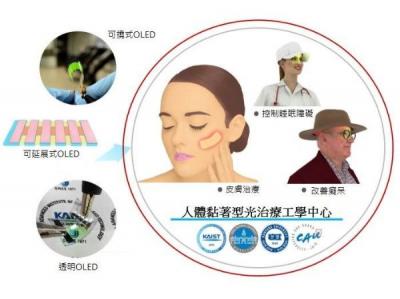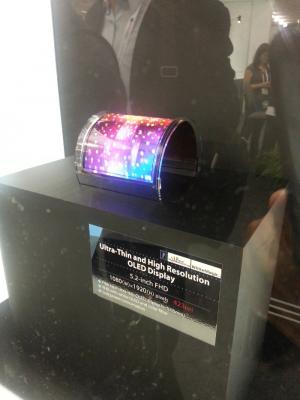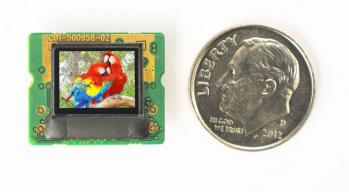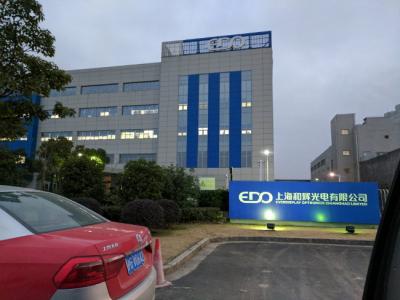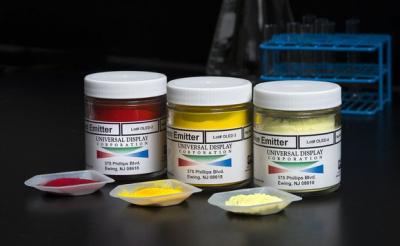MicroLED-Info, a new knowledge hub to focus on Micro-LED displays
We are happy to announce a new Metalgrass knowledge hub, MicroLED-Info.com. Our new site will focus on Micro-LED display technology and its future market. MicroLED is quickly becoming a promising future display technology.
Many expect the first Micro-LED devices to hit the market in the very near future, with first applications in the wearable market - and also in HUDs and HMDs. MicroLED promise great performance, very high efficiency and brightness - and may indeed compete with OLEDs in the future. There are still many technical challenges ahead, but this is certainly a technology that any display expert should not ignore.




